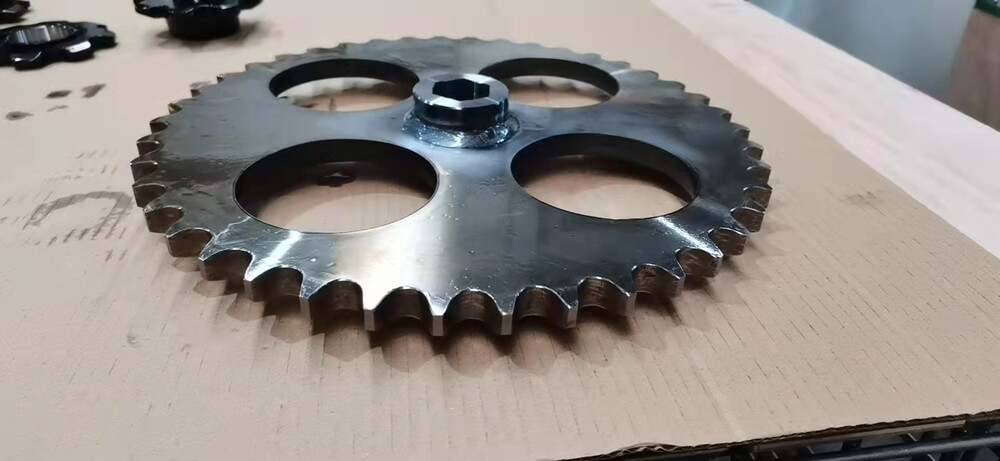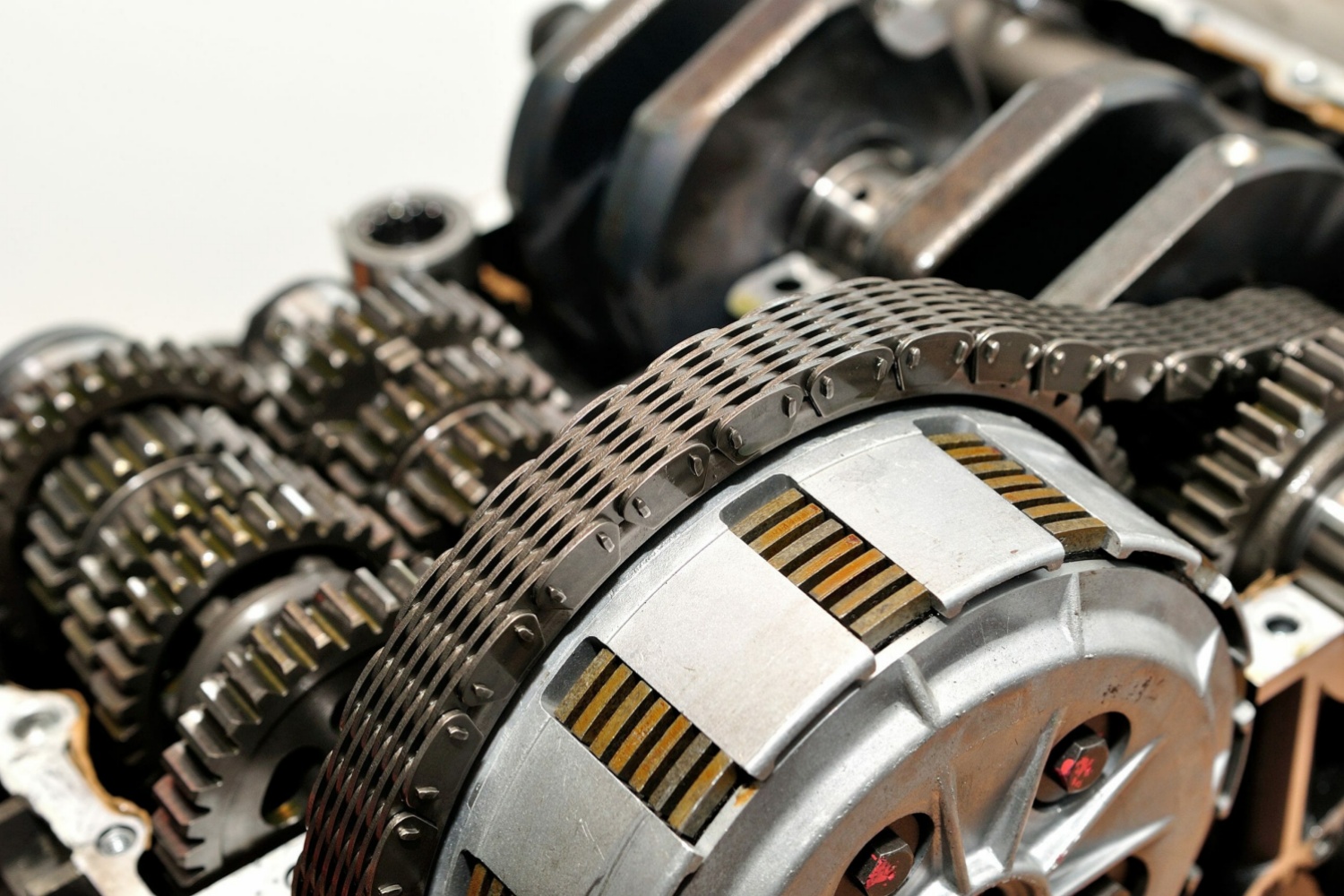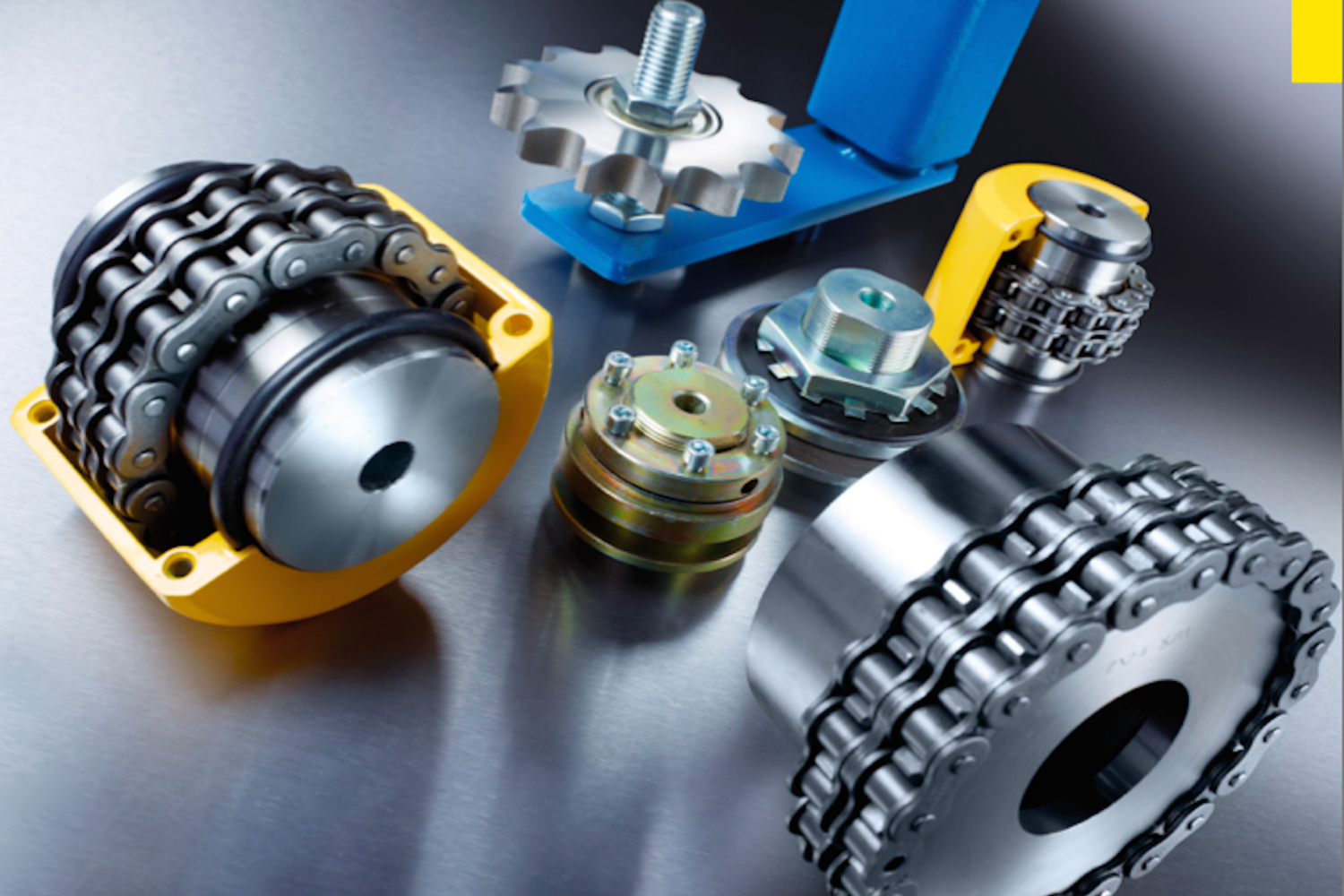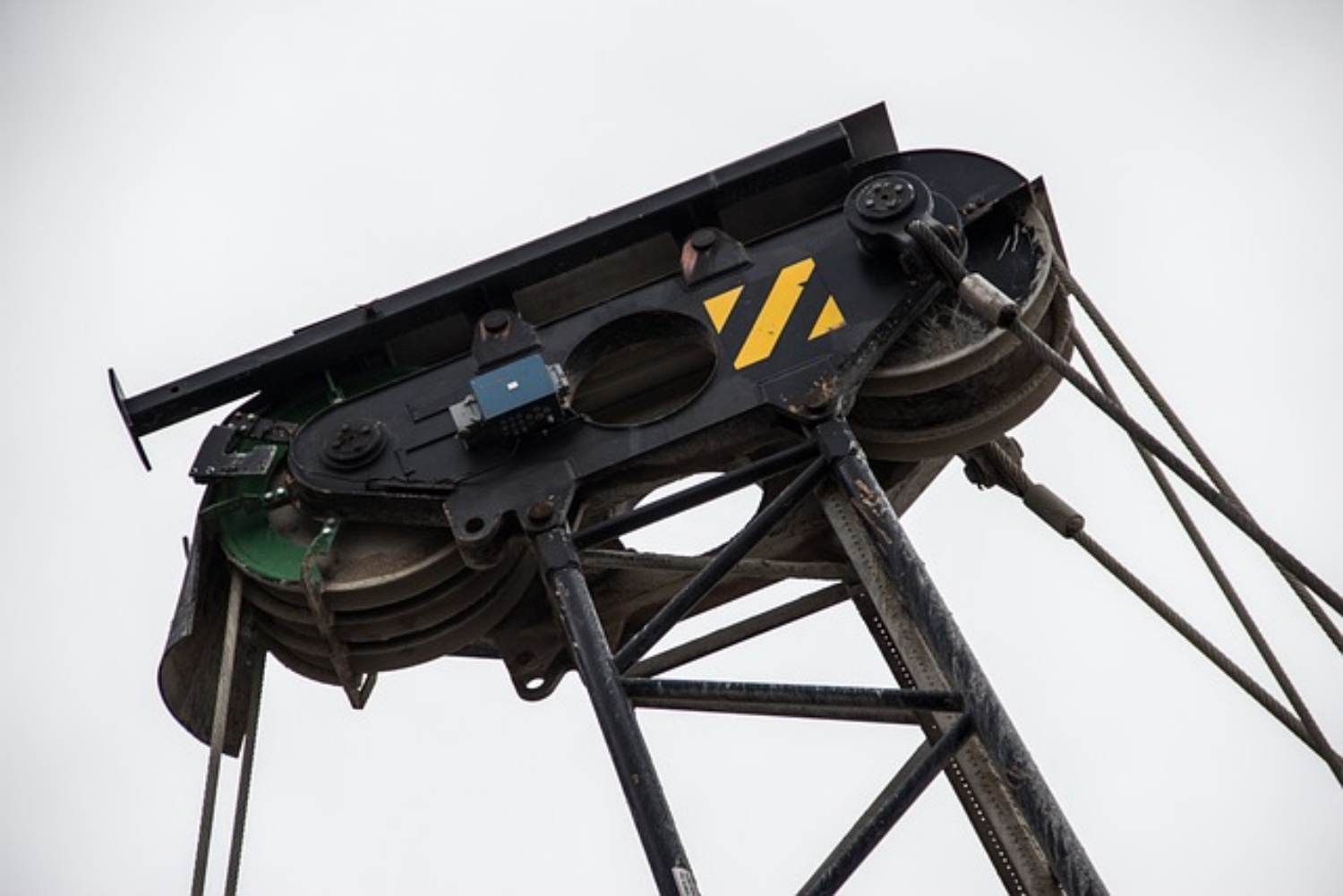Industrial sprockets and gears are both used to transmit power in machines or move other objects by interlocking with them, but the main difference between them is how they work on a practical level. Both are suitable for mechanical notched wheels, which means that they look very similar, but they are different in operation and function.
Normally, gears are designed as connected together to transmit motion to them, and then cause motion elsewhere. So gears often push each other and use their collective movement to cause greater mechanical movement, while sprockets usually work directly with certain parts of the machinery.
It means that sprockets work more independently with the design of directly moving things such as chains or belts, while gears create a network to increase strength and cause movement.
The difference can also be seen when checking the grooves of the two devices. Since the gears are directly meshed together, the notches may be located on the outside and inner circumference of the wheel.
Being designed for movement, the sprocket can be precisely fitted into the slot of the equipment because of having teeth, and it means that they are limited in the types of applications that can be used.
A chain or belt is used to connect two sprockets, one is the “driver” and the other is the “follower”. Then being driven by motion or force, thereby transmitting power or changing the torque or speed of the mechanical system.
With more teeth, the sprockets can move more weight, but the operating speed will be reduced due to the more friction.
The chain wears the notches when it passes by, so they need to be replaced if they become pointed or hooked at the tip instead of dull.
There are a series of different sprockets with a variety of shapes and sizes and different numbers of notches. A list of some standard types and their common uses as follow:
Two teeth for each pitch-so that the link can be pushed onto a new set of teeth when one set wears out.
Hunting tooth——With an uneven number of teeth, they have a longer service life than other types, because each time the chain is turned, the chain link engages a new set of teeth, which means that the number of contacts of each tooth is only half that of other types of sprockets, thus helping to extend its service life.
Segmental rim- Having three-piece, four-piece or more bolt-on rims, these segmental rims can be replaced without removing the chain from the sprocket or removing the sprocket from the shaft. So they are applicable in elevators or other industrial environments thanks to the less costly downtime during installation and adjustments.
Multiple strand- This type is used where more torque and power are required, or if two or more items are powered by the same drive shaft.
Quick disconnect (QD) -Being often applied for higher workloads, and some of them have reverse installation capabilities.
Idler – These are used to help avoid whipping, or to be guided around obstacles in where longer chains could be slack, and it also helps prevent uneven load distribution.
CONTINUE READING
Related Posts
Roller chain couplings are integral components in various industrial applications, facilitating efficient power transmission between shafts. Their economic impact and […]
Roller chain couplings are widely employed in various industrial applications to efficiently transmit power between two shafts. Understanding their advantages […]
In the world of mechanical engineering, the importance of power transmission components cannot be overstated. Among these, V-pulleys play a […]





